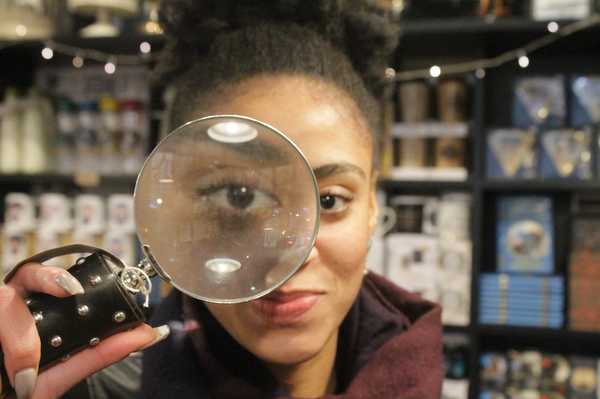The Primer On Correcting Vision With ICL Surgery
I’ve been told that my prescription is too high to be treated with lasik. What do I do? Fear not! A wonderful solution exists! That solution is called ICL.
When you run into high prescriptions with lasik or surface correction, you start to run out of room in the cornea to do a safe treatment. Enter ICL.
The ICL solves this problem by not worrying about the cornea. Instead, the ICL (or implantable collamer lens) is a special lens which is placed within the eye itself. Because of this, the ICL can treat a huge range of prescriptions that laser vision correction simply cannot.
The ICL lens sits behind the iris (the colored part of your eye) and in front of the lens. This lens works very similar to how contacts work but without the extra irritation that many people experience from their contact lenses. The lens is incredibly soft and flexible, completely nonreactive and designed to last forever.
Is The ICL safe?
The body is only tolerant of so much “non-body” before it puts up a fight. Anything artificial poses a special challenge. How then can we fix vision with an artificial lens that gets implanted within the eye? Seems like a reasonable question.
But we can and we do with ICL. And on top of that, the procedure works very well! Now, the eye isn’t completely an exception for artificial objects, but the eye is special. By placing lenses in certain spots of the eye, these lenses have almost zero interaction with anything else. The ICL works this way. By sitting in the empty space between the lens and the iris, the ICL just doesn’t interact with much.
But the ICL goes beyond just being tucked away in the eye. The material of the ICL was specifically designed to be as soft and flexible as possible; The manufacturer named this material “collamer” and it was specifically created for this single purpose. It’s a material perfectly suited for existing in the eye.

Scientists at work crafting the perfect eye material; Image by matxi corp_event, CC BY-SA 4.0, via Wikimedia Commons
Not only that, but we have lots of long term data about the ICL. The ICL has been around for years and years with great long term data. The lens is very well tolerated within the eyes; Eyes don’t reject the lens. So yes, the ICL is safe!
Who Benefits From ICL?
Although over a million people worldwide have received ICL, that number still pales in comparison to lasik (which is why you’ve probably never heard of ICL before). So then who gets ICL?

Examining the best ICL candidates; Image by Stephencdickson, CC BY-SA 4.0, via Wikimedia Commons
There are some patients who don’t have any other option other than ICL. Some people aren’t candidates for lasik or PRK because their corneas are too thin or their nearsighted prescription is too high. Lasik (and PRK) work to correct vision by remodeling the cornea. To achieve this, lasik requires a certain cornea thickness to prevent the cornea from becoming too weak. Higher prescriptions need thicker corneas. For these patients, ICL spares the cornea to provide their full correction. Therefore, non-candidates for lasik often can get ICL done.
In addition to necessity, there are some advantages to ICL over lasik. Thus, even some high prescription lasik candidates opt for ICL. The first advantage is dryness. Everyone after lasik will have some degree of short term dry eye. Because ICL affects the cornea much less, it does not have this same degree of dry eye. Second, the optical clarity of the ICL is extremely high! While ICL still does have some short term halos like lasik, very frequently patients report seeing better after ICL than they saw in their glasses!
While ICL may not have the fame of lasik, it is a fantastic procedure to correct vision!
For more information, also check out Learn Exactly What Is ICL Surgery on EyeMountain.com
Related Articles
Please note: The general information provided on the Website is for informational purposes only and is not professional medical advice, diagnosis, treatment, or care, nor is it intended to be a substitute therefore. See the Disclaimer and Terms of Use for more information
